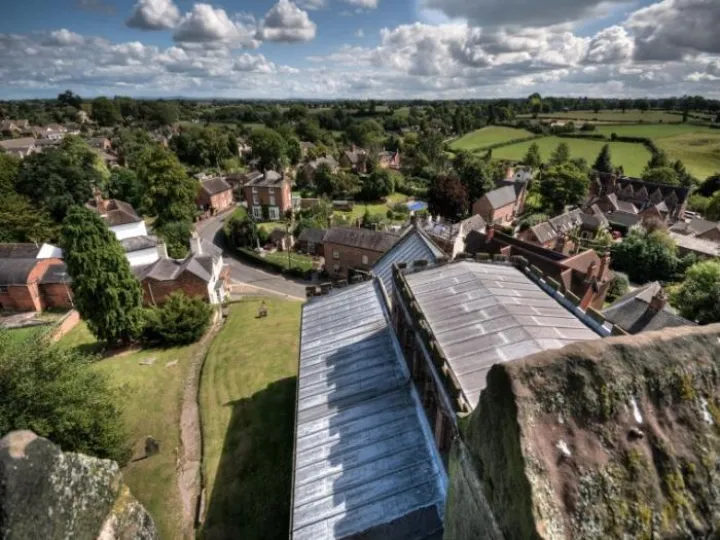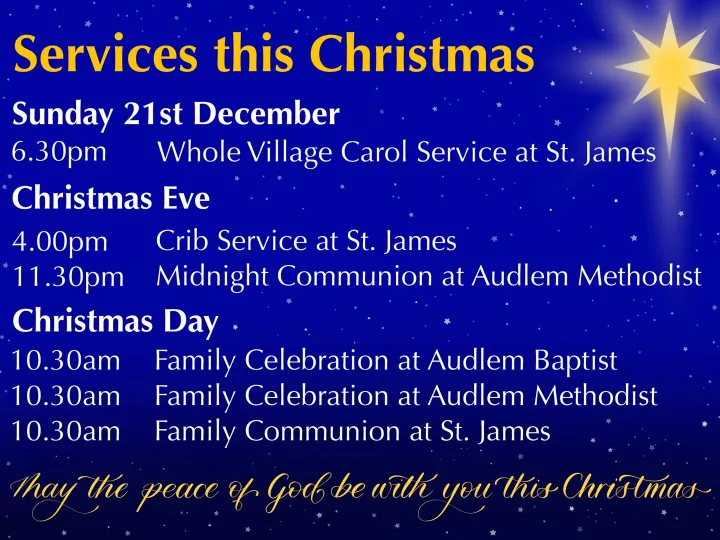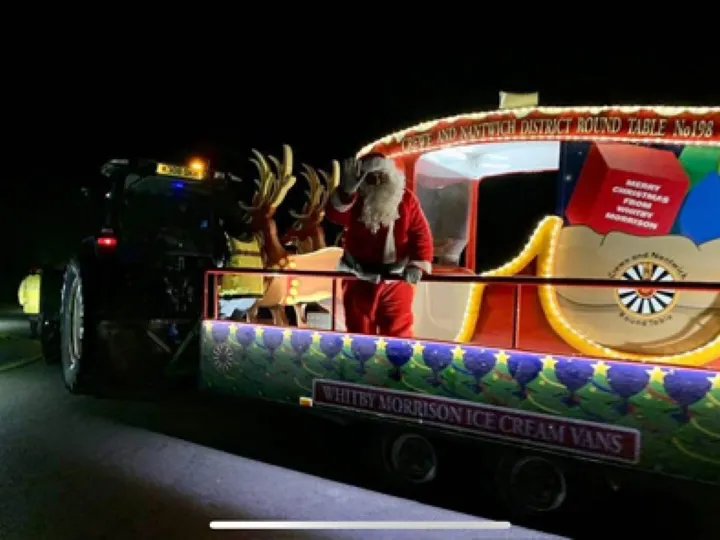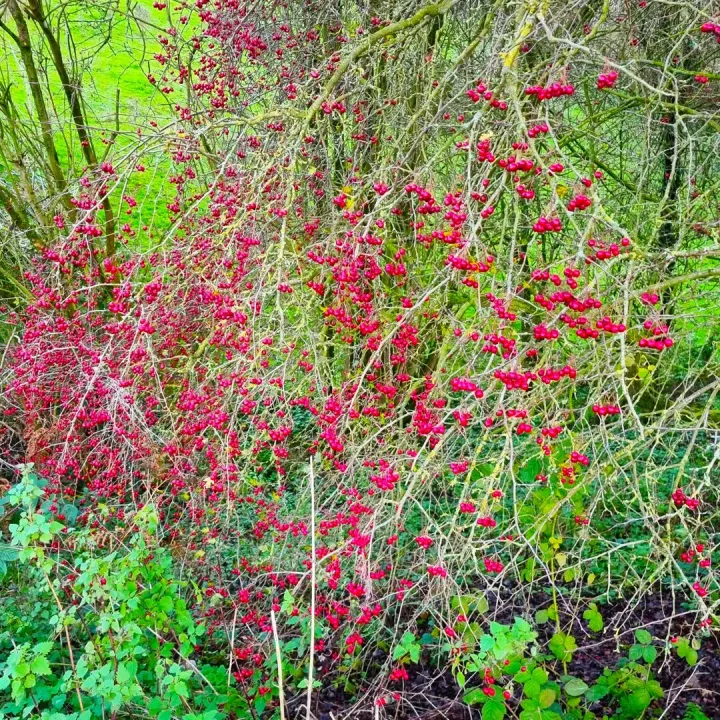

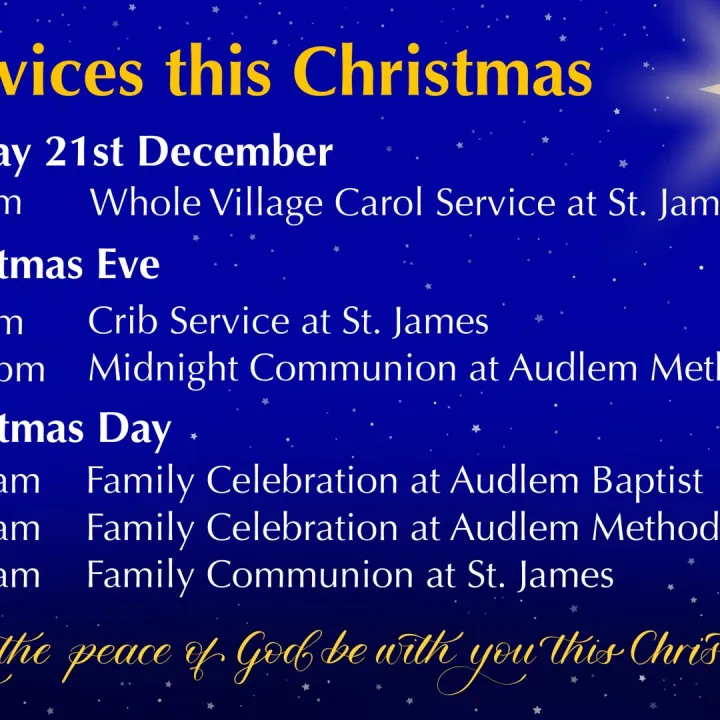





Howard Carter (9 May 1874 – 2 March 1939)
was a British archaeologist and Egyptologist who became world-famous after discovering the intact tomb (designated KV62) of the 18th Dynasty Pharaoh, Tutankhamun (colloquially known as "King Tut" and "the boy king"), in November 1922.
Early life
Howard Carter was born in Kensington on 9 May 1874, the son of Samuel John Carter, an artist, and Martha Joyce Carter (née Sands). His father trained and developed Howard's artistic talents.
Carter spent much of his childhood with relatives in the Norfolk market town of Swaffham, the birthplace of both his parents. Nearby was the mansion of the Amherst family, Didlington Hall, containing a sizable collection of Egyptian antiques, which sparked Carter's interest in that subject. In 1891 the Egypt Exploration Fund (EEF), on the prompting of Mary Cecil, sent Carter to assist an Amherst family friend, Percy Newberry, in the excavation and recording of Middle Kingdom tombs at Beni Hasan.
Although only 17, Carter was innovative in improving the methods of copying tomb decoration. In 1892, he worked under the tutelage of Flinders Petrie for one season at Amarna, the capital founded by the pharaoh Akhenaten. From 1894 to 1899, he worked with Édouard Naville at Deir el-Bahari, where he recorded the wall reliefs in the temple of Hatshepsut.
In 1899, Carter was appointed to the position of Chief Inspector of the Egyptian Antiquities Service (EAS). He supervised a number of excavations at Thebes (now known as Luxor). In 1904, he was transferred to the Inspectorate of Lower Egypt. Carter was praised for his improvements in the protection of, and accessibility to, existing excavation sites, and his development of a grid-block system for searching for tombs. The Antiquities Service also provided funding for Carter to head his own excavation projects.
Carter resigned from the Antiquities Service in 1905 after a formal inquiry into what became known as the Saqqara Affair, a noisy confrontation between Egyptian site guards and a group of French tourists. Carter sided with the Egyptian personnel.
Tomb of Tutankhamun
In 1907, after three hard years for Carter, Lord Carnarvon employed him to supervise excavations of nobles' tombs in Deir el-Bahri, near Thebes. Gaston Maspero had recommended Carter to Carnarvon as he knew he would apply modern archaeological methods and systems of recording.
Valley of the Kings
In 1914, Lord Carnarvon received the concession to dig in the Valley of the Kings, Carter was again employed to lead the work. However excavations and study were soon interrupted by the First World War, Carter spending these war years working for the British Government as a diplomatic courier and translator. He enthusiastically resumed his excavation work towards the end of 1917.
By 1922, Lord Carnarvon had become dissatisfied with the lack of results after several years of finding little. He informed Carter that he had one more season of funding to make a significant find in the Valley of the Kings.
Carter returned to the Valley of Kings, and investigated a line of huts that he had abandoned a few seasons earlier. The crew cleared the huts and rock debris beneath. On 4 November 1922, their young water boy accidentally stumbled on a stone that turned out to be the top of a flight of steps cut into the bedrock. Carter had the steps partially dug out until the top of a mud-plastered doorway was found. The doorway was stamped with indistinct cartouches (oval seals with hieroglyphic writing). Carter ordered the staircase to be refilled, and sent a telegram to Carnarvon, who arrived two-and-a-half weeks later on 23 November.
On 26 November 1922, Carter made a "tiny breach in the top left-hand corner" of the doorway, with Carnarvon, his daughter Lady Evelyn Herbert, and others in attendance, using a chisel that his grandmother had given him for his 17th birthday. He was able to peer in by the light of a candle and see that many of the gold and ebony treasures were still in place. He did not yet know whether it was "a tomb or merely an old cache", but he did see a promising sealed doorway between two sentinel statues. Carnarvon asked, "Can you see anything?" Carter replied with the famous words: "Yes, wonderful things!"Carter had, in fact, discovered Tutankhamun's tomb (subsequently designated KV62). Carter's notes and photographic evidence indicate that he, Lord Carnarvon, and Lady Evelyn Herbert entered the burial chamber in November 1922, before the official opening.
Carter's house in the Theban Necropolis, in 2009
The next several months were spent cataloguing the contents of the antechamber under the "often stressful" supervision of Pierre Lacau, director general of the Department of Antiquities of Egypt.On 16 February 1923, Carter opened the sealed doorway and found that it did indeed lead to a burial chamber, and he got his first glimpse of the sarcophagus of Tutankhamun. The tomb was considered the best preserved and most intact pharaonic tomb ever found in the Valley of the Kings, and the discovery was eagerly covered by the world's press, but most of their representatives were kept in their hotels, much to their annoyance. Only H. V. Morton from The Times newspaper was allowed on the scene, and his vivid descriptions helped to cement Carter's reputation with the British public.
Towards the end of February 1923, a rift between Lord Carnarvon and Carter, probably caused by a disagreement on how to manage the supervising Egyptian authorities, temporarily closed excavation. Work recommenced in early March after Lord Carnarvon apologised to Carter. Later that month Lord Carnarvon contracted blood poisoning while staying in Luxor near the tomb site. He died in Cairo on 5 April 1923.Lady Carnarvon retained her late husband's concession in the Valley of the Kings, allowing Carter to continue his work.
Carter's meticulous cataloguing of the thousands of objects in the tomb continued until 1932, most being moved to the Egyptian Museum in Cairo. There were several breaks in the work, including one lasting nearly a year in 1924-25, caused by a dispute over what Carter saw as excessive control of the excavation by the Egyptian Antiquities Service. The Egyptian authorities eventually agreed that Carter should complete the tomb's clearance.
Despite being involved in the greatest archaeological find of his time, Carter received no honour from the British government. However, in 1926, Carter received the Order of the Nile, third class, from King Fuad I of Egypt.
Carter had authored a number of books on Egyptology during his career.19 During those years he had also been awarded an honorary degree of Doctor of Science by Yale University and honorary membership in the Real Academia de la Historia of Madrid, Spain.
This article is from our news archive. As a result pictures or videos originally associated with it may have been removed and some of the content may no longer be accurate or relevant.
Get In Touch
AudlemOnline is powered by our active community.
Please send us your news and views using the button below:
Email: editor@audlem.org

